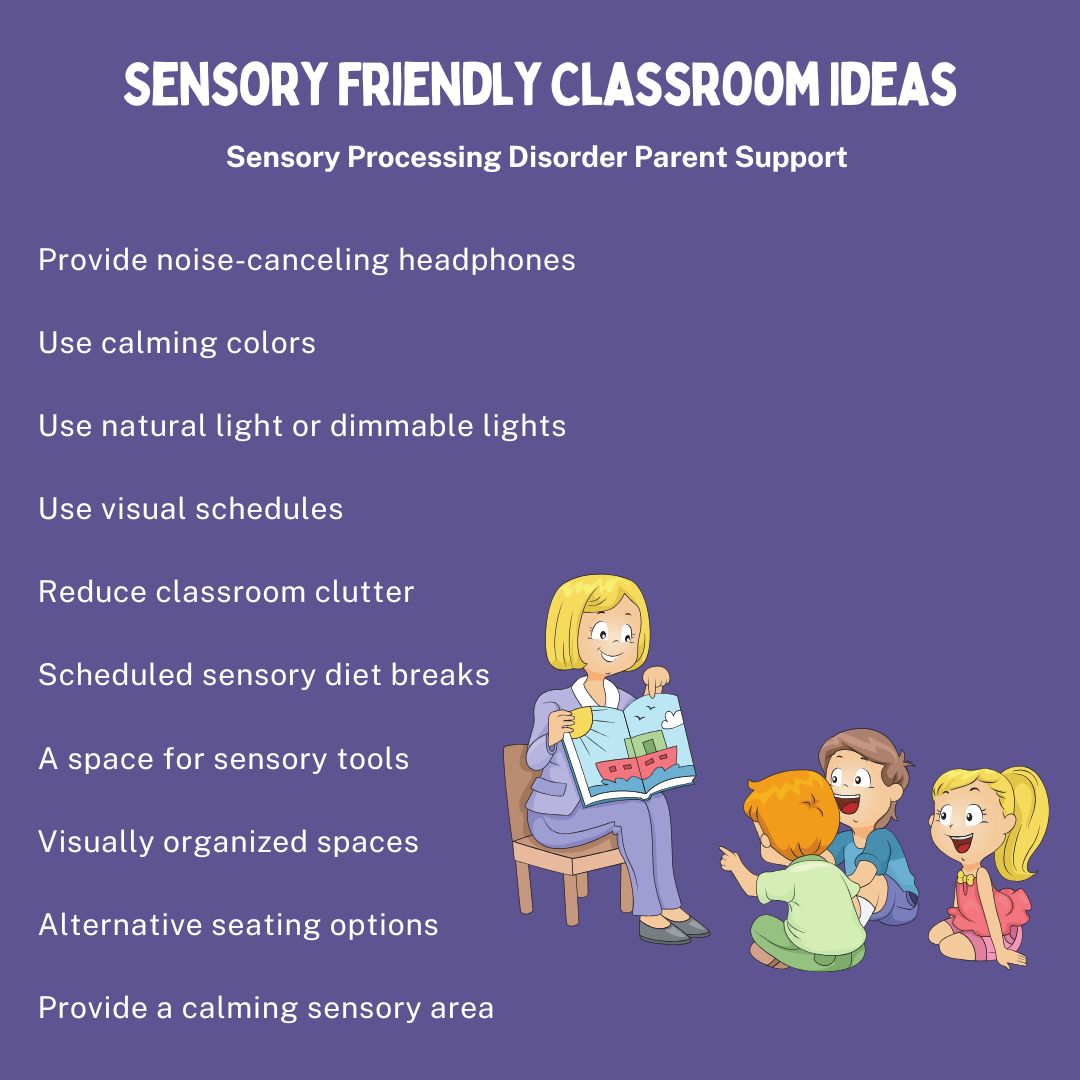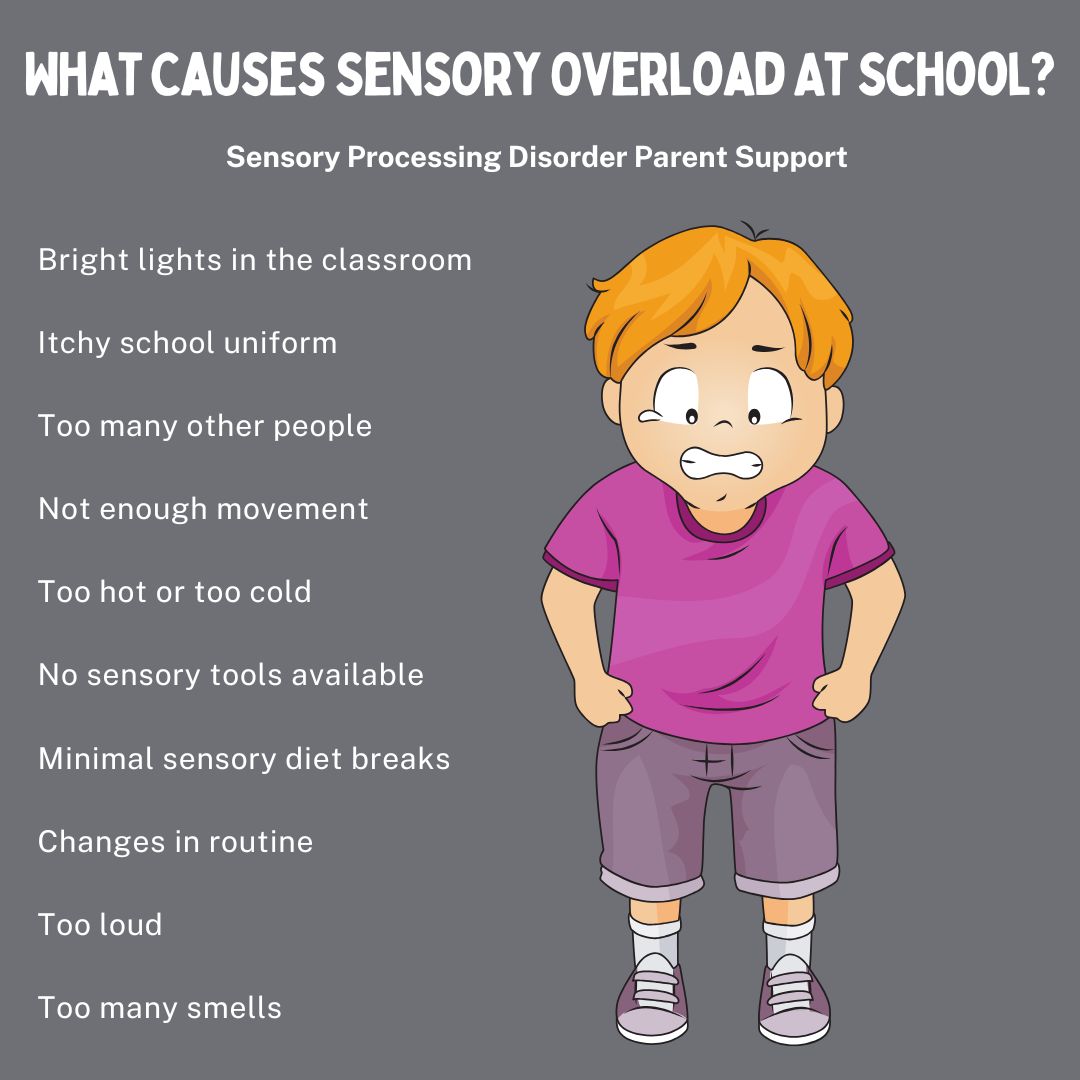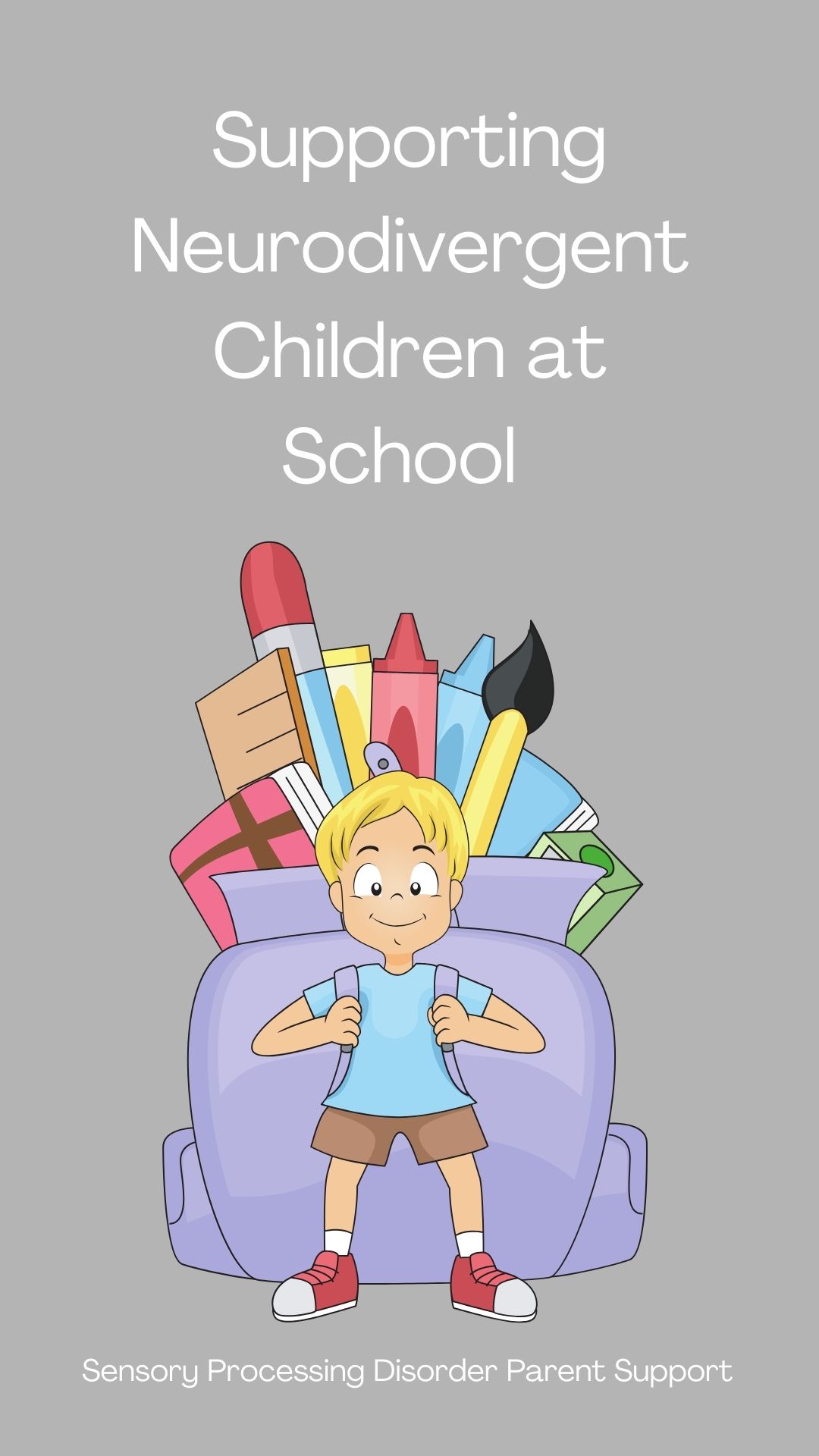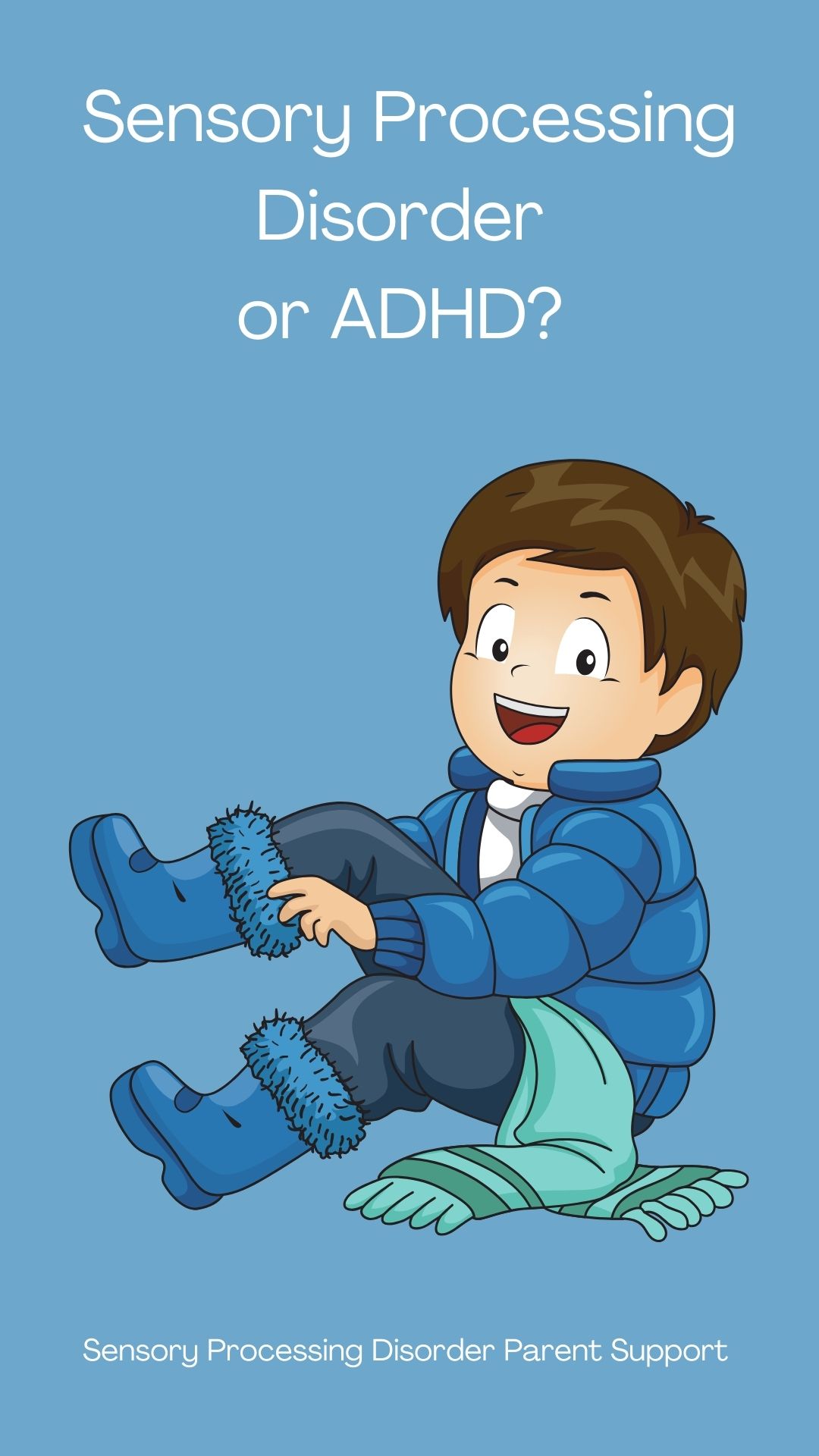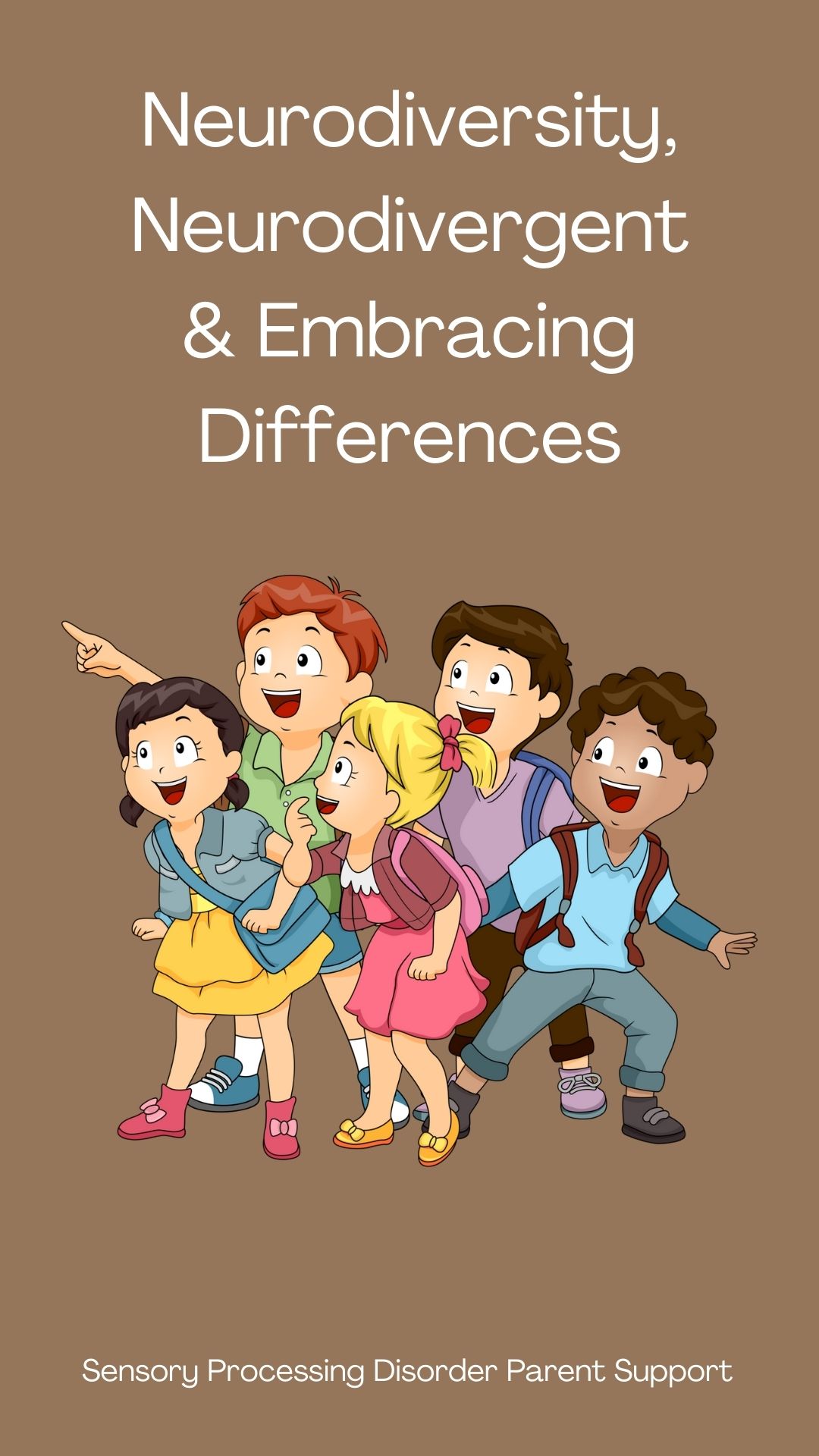
Sensory Processing Disorder Parent Support
Sensory Friendly Classroom
Children with sensory differences ... painting the world beautiful.
Sensory Friendly Classroom
Jeanette Loftus
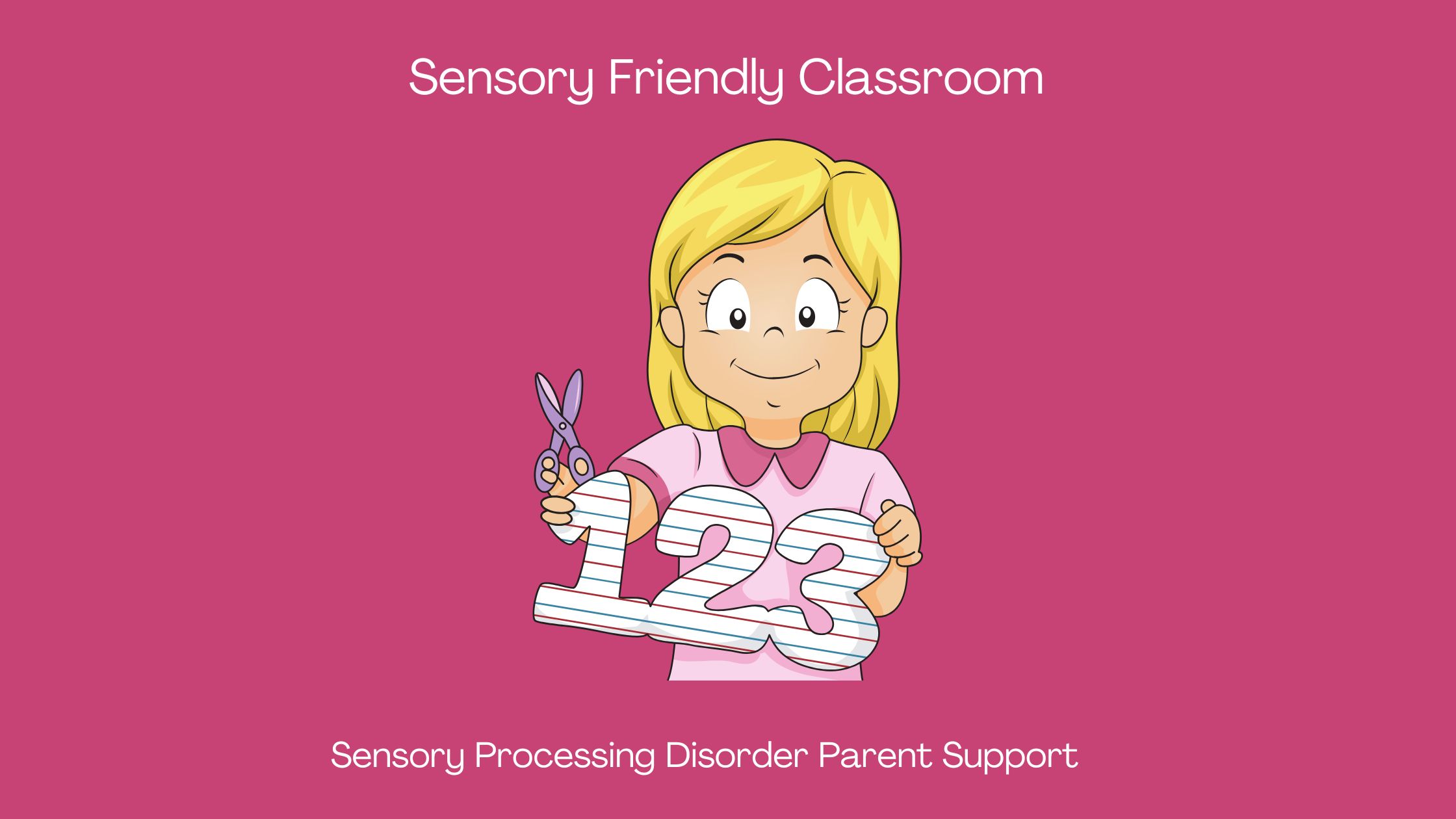
Walking into a classroom can be very overwhelming for a child with sensory processing disorder, I can completely understand why. A classroom is a very overstimulating place for children who are trying to learn.
